形位公差英文翻譯
Geometric Dimensioning and Tolerancing (GD&T) is a system used in engineering to communicate design requirements for manufactured parts. One of the key components of GD&T is positional tolerancing, which specifies the allowable deviation of a feature from its desired location.
http://www.fjhawl.com/common/images/d6a75c97c1.jpg
Positional tolerancing is achieved through the use of a geometric tolerance called 'Position,' which combines both a linear tolerance and an angular tolerance. This tolerance is used to control the location, orientation, and alignment of features on a part.
One important aspect of positional tolerancing is the concept of 'datum features.' These are reference features on a part that are used to establish a coordinate system for all other features on the part. The position of each feature is then measured relative to these datum features, allowing for a consistent and reliable method of measuring and inspecting parts.
Another important aspect of positional tolerancing is the use of 'form controls,' which specify the allowable deviation of the shape of a feature from its ideal form. This includes controls for straightness, flatness, roundness, cylindricity, and profile.
Overall, the use of positional tolerancing and GD&T is critical for ensuring that manufactured parts meet the design requirements and function correctly in their intended applications. By communicating design requirements clearly and accurately, GD&T helps to minimize errors, reduce waste, and improve the quality of the final product.

格力五匹出現(xiàn)e3
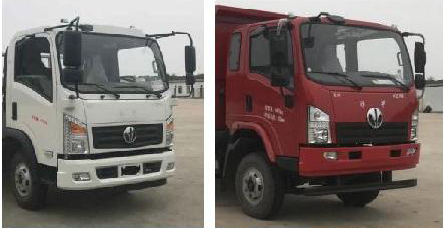
格力健康家電 概念

包頭志高空調(diào)加氟
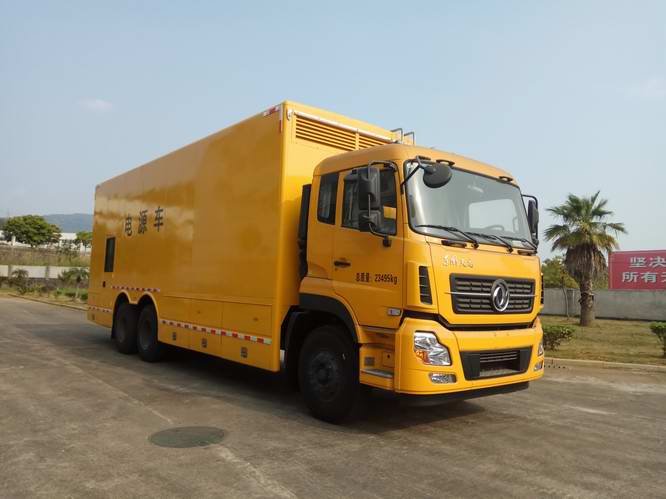
聯(lián)想 d216 黑屏

海信tc2181f遙控器型號(hào)
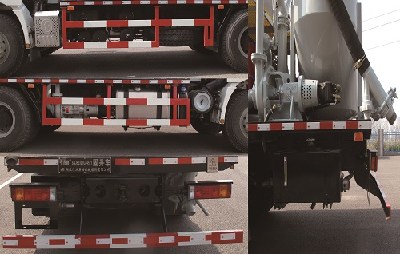
冰箱制冷劑聲音大

戴爾筆記本電腦維修
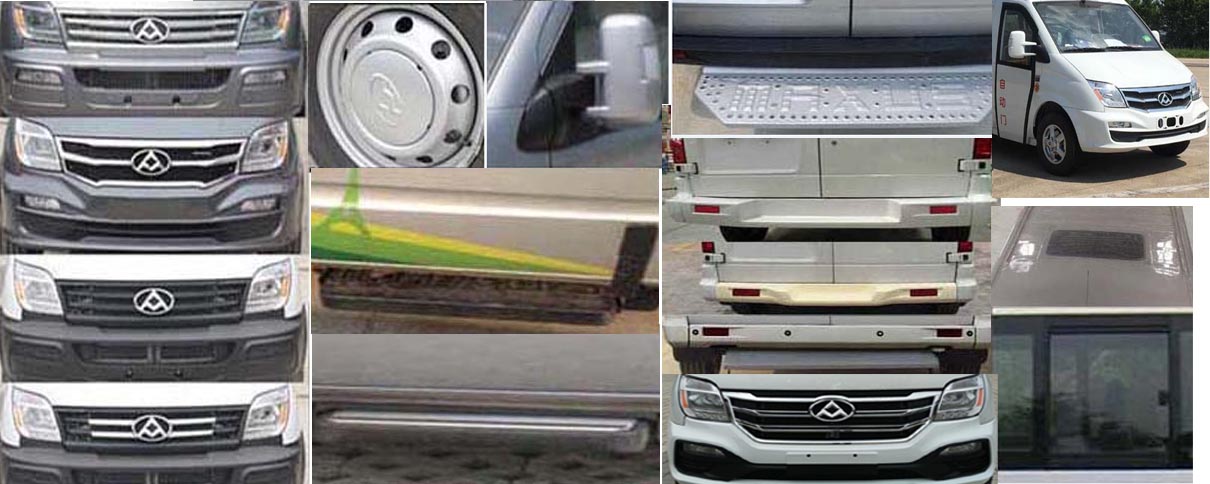
蘇州大金空調(diào)售后

高新區(qū)家電維修

美的空調(diào)變頻售后
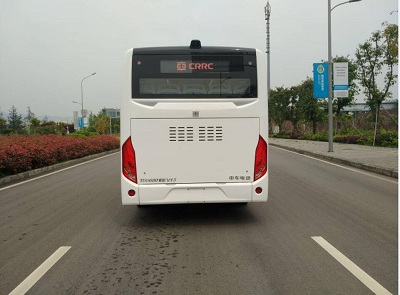
榮事達(dá)洗衣機(jī)內(nèi)筒異響
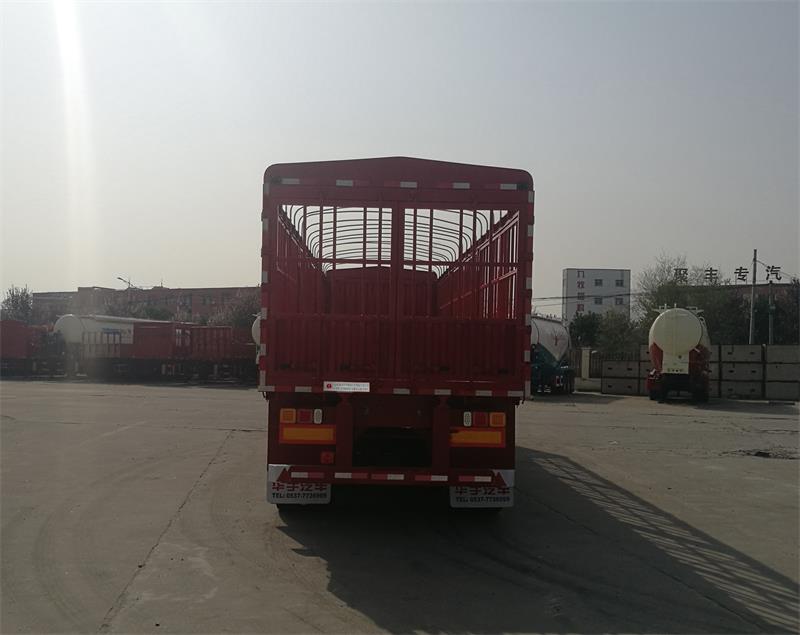
海爾le24t30遙控器
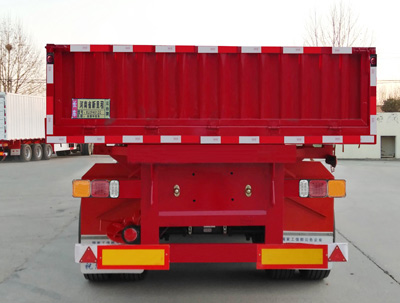
科龍空調(diào)外機(jī)風(fēng)扇不轉(zhuǎn)

空調(diào)制熱外機(jī)冒氣
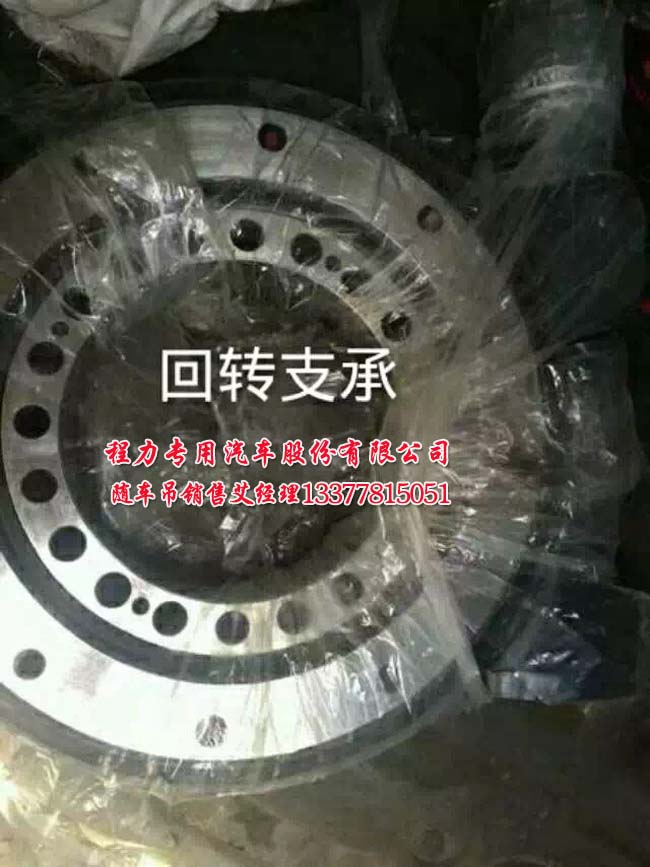
九陽J丫C-21ES55C電磁爐維修

長虹電視出現(xiàn)紅色m

sanyo洗衣機(jī)e1故障代碼

tcl王牌le32m09液晶彩電

tclhd29c41場

空調(diào)變頻器壞了